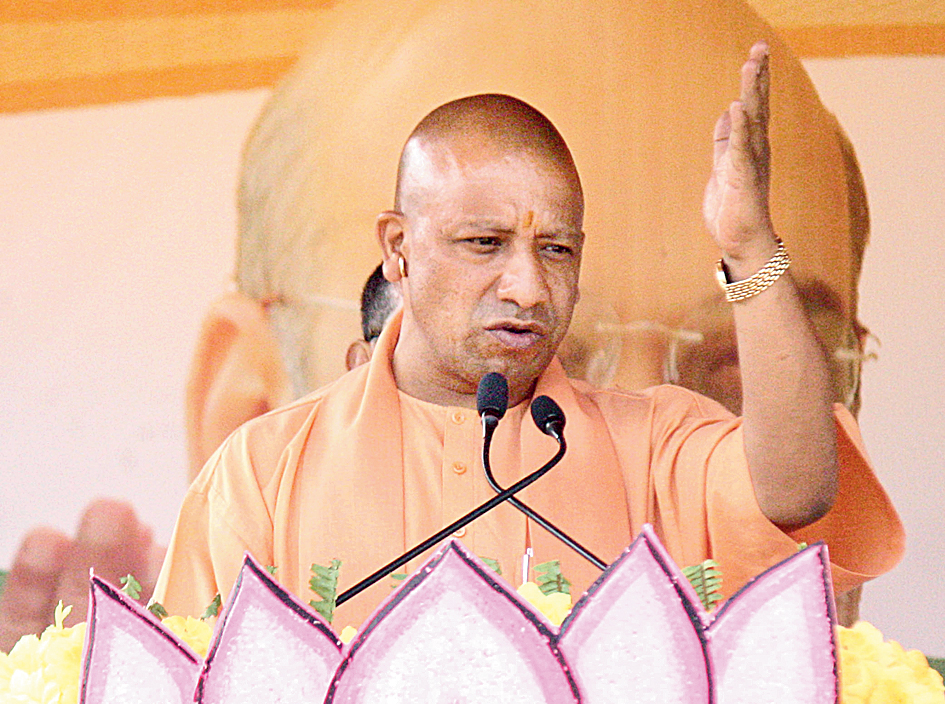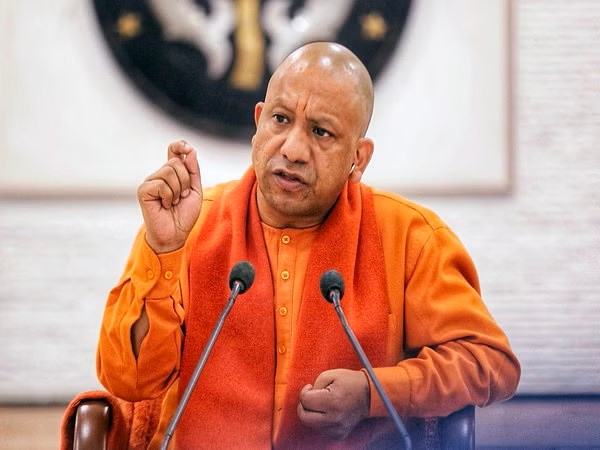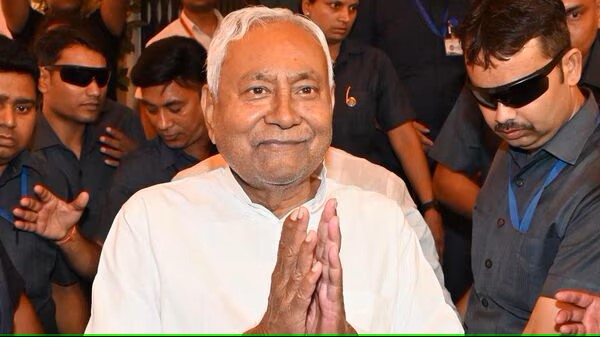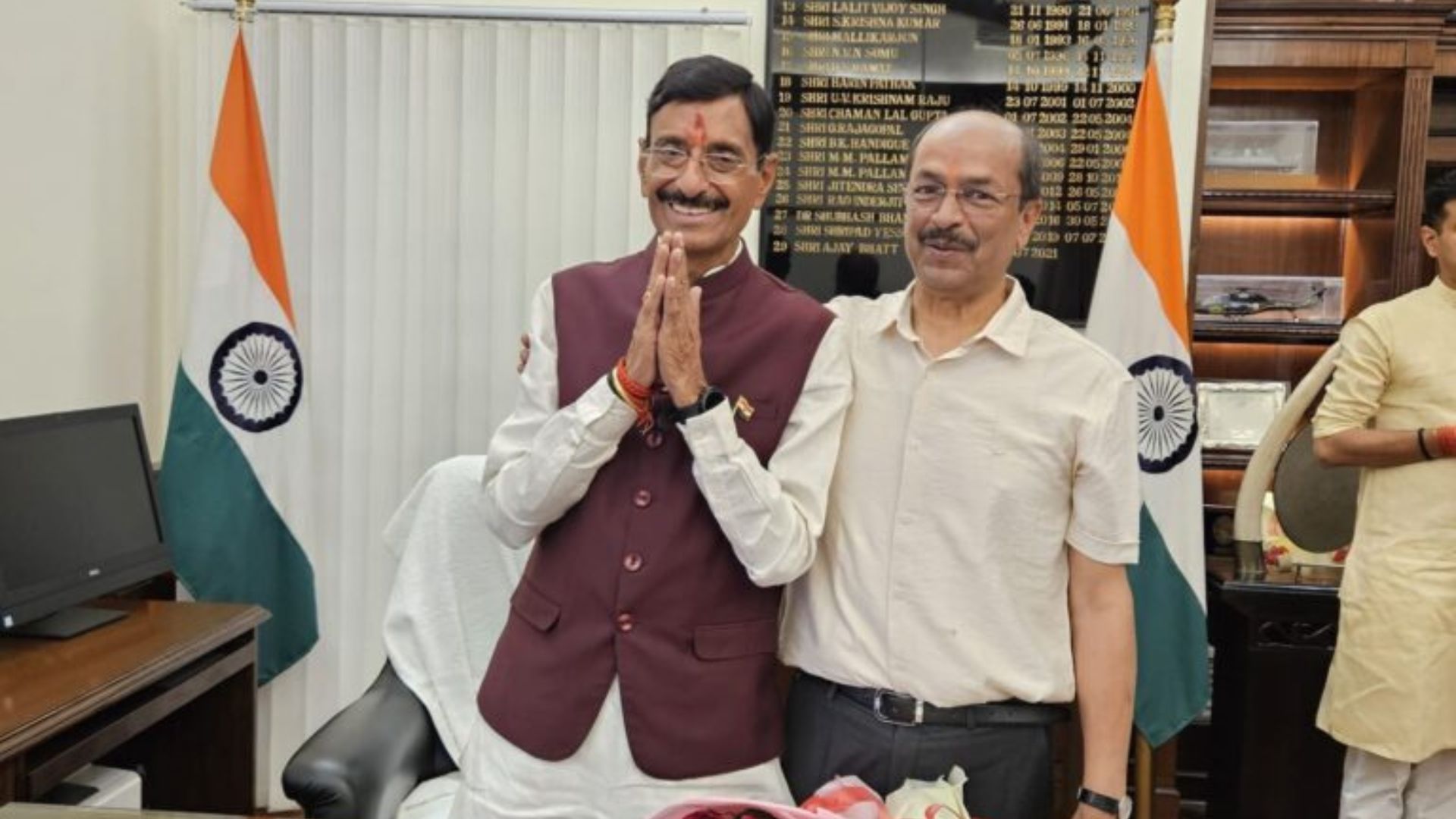The internal discord within the Uttar Pradesh unit of the Bharatiya Janata Party (BJP) is escalating, with leaders blaming each other for the unexpected defeat in the recent Lok Sabha elections in the state.Intra-Party Tensions
 Rather than conducting a constructive review of the election results, party members are engaged in mutual accusations, failing to reach meaningful conclusions. This scenario mirrors past instances of internal strife within the BJP and the Samajwadi Party, which led to significant political setbacks. The ongoing disputes echo the situation in 1999 when the BJP’s tally in Uttar Pradesh plummeted following the post-Kargil War election, resulting in the ousting of then-Chief Minister Kalyan Singh.
Rather than conducting a constructive review of the election results, party members are engaged in mutual accusations, failing to reach meaningful conclusions. This scenario mirrors past instances of internal strife within the BJP and the Samajwadi Party, which led to significant political setbacks. The ongoing disputes echo the situation in 1999 when the BJP’s tally in Uttar Pradesh plummeted following the post-Kargil War election, resulting in the ousting of then-Chief Minister Kalyan Singh.
Similar to Kalyan Singh’s fate, Chief Minister Yogi Adityanath is facing criticism after the BJP’s poor performance in the elections, which occurred shortly after the consecration of the Ram Mandir in Ayodhya. The strained relationship between Prime Minister Narendra Modi and Yogi Adityanath further complicates the situation. Even if Yogi manages to retain his position, an amicable resolution seems unlikely. Historical precedents, such as the BJP’s loss in the 2002 Assembly elections and its 12-year struggle to regain dominance, highlight the potential long-term implications of internal discord.
The Uttar Pradesh BJP has been factionalized since March 11, 2017, when the party, alongside its allies, secured a historic victory with over 320 seats in the 403-member House. Yogi Adityanath’s ascent to the chief ministerial position, controversially taken from Manoj Sinha, sowed the seeds of division. This internal conflict is now resurfacing, exacerbated by recent electoral defeats and comparisons to past political turmoil.
The current political climate in Uttar Pradesh draws parallels to the internal conflicts faced by the Samajwadi Party in the lead-up to the 2017 elections. The open feud between Akhilesh Yadav and his family, coupled with the disruptive effects of demonetization, significantly weakened their electoral prospects. This history serves as a reminder of the potential consequences of unresolved internal conflicts within major political parties.
The BJP’s recent losses have revitalized the opposition, with the Congress-Samajwadi Party alliance demonstrating political maturity and effectiveness. The marginalization of Mayawati’s Bahujan Samaj Party and the shift of Dalit votes to the opposition further complicate the BJP’s position. Deputy Chief Minister Keshav Prasad Maurya’s increased vocality suggests his potential bid for the chief ministerial post if the party decides to replace Yogi.
However, the BJP’s top leadership cannot easily dismiss Yogi Adityanath, a prominent upper-caste figure viewed by some within the RSS as a future prime ministerial candidate. This dilemma highlights the complex interplay of internal party dynamics and broader political strategies as the BJP navigates its path forward in Uttar Pradesh.




